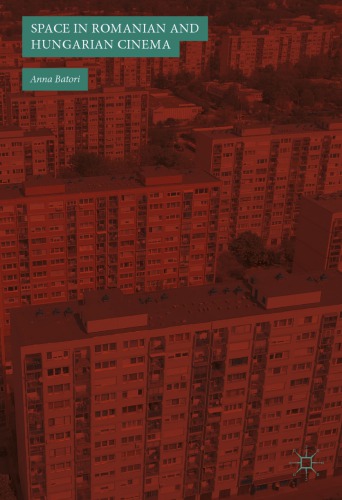Description
This book examines the structuring of space in Romanian and Hungarian cinema, and particularly how space is used to express the deep imprint of a socialist past on a post-socialist present. It considers this legacy of the Eastern European socialist regimes by interrogating the suffocating, tyrannical and enclosing structures that are presented in film. By tracing such paradigmatic models as horizontal and vertical enclosure, this book aims to show how enclosed spatial structuring restages the post-socialist era to produce an implicit and collective form of remembrance. While closely scrutinizing the interplay of location and image, Space in Romanian and Hungarian Cinema offers a new approach to the cinema of the region, which unites the filmic productions under a defined, post-socialist Eastern European spatial umbrella. By simultaneously portraying the gloom of a socialist past, while also conveying a sense of longing for a pre-capitalist era, these films convey how sense of unity and also ambivalence is a defining hallmark of Eastern European cinema.






Reviews
There are no reviews yet.